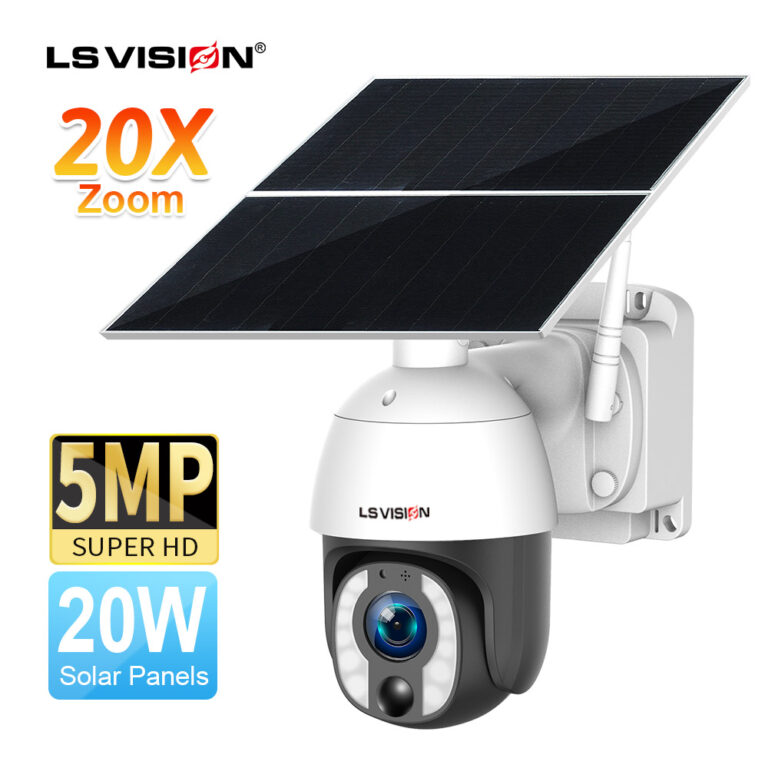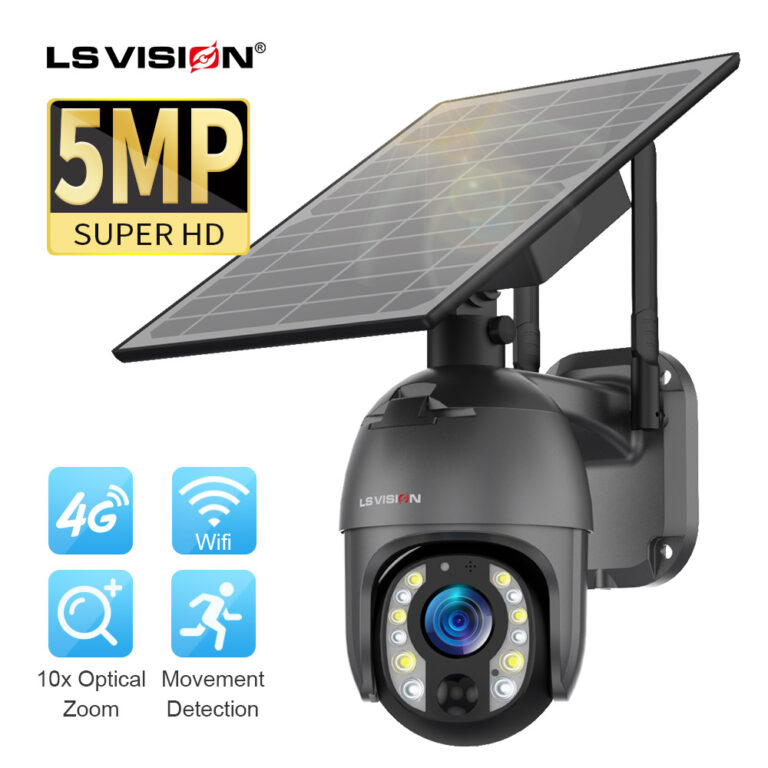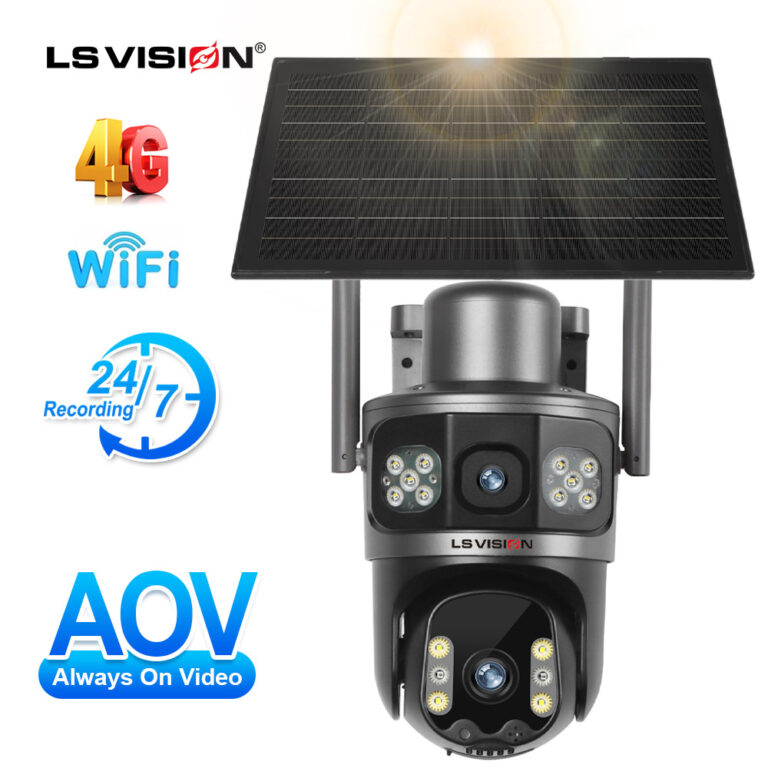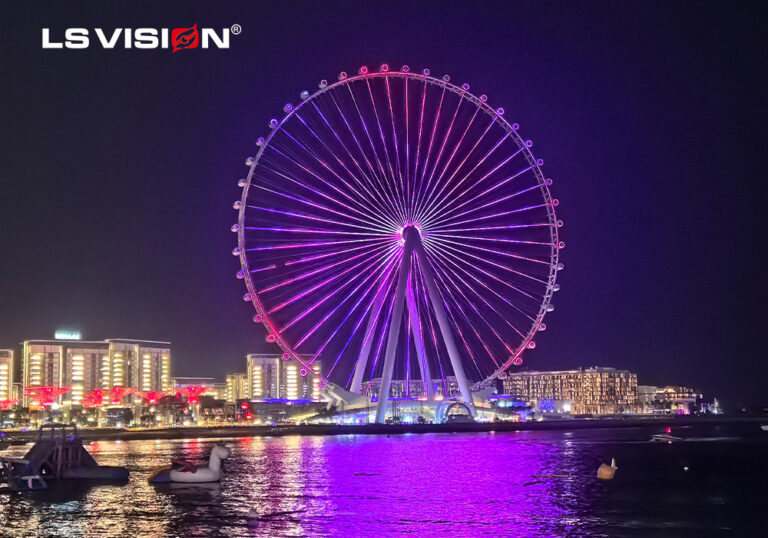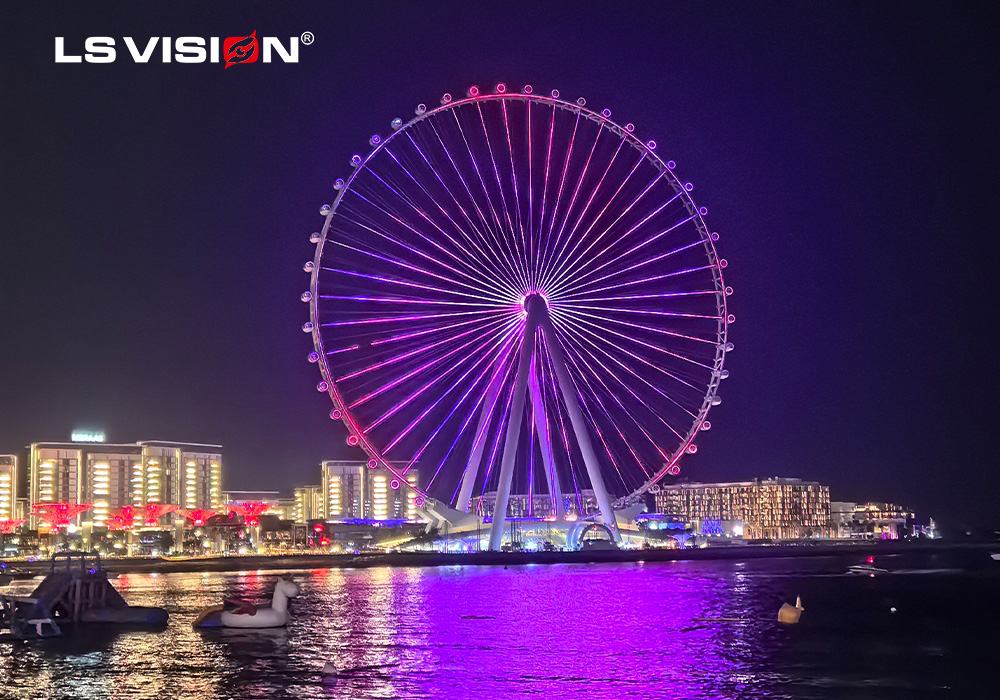As outdoor monitoring, solar monitoring has relatively more advantages than disadvantages. Therefore, solar monitoring is still the first choice for outdoor monitoring.
Table of Contents
ToggleLet us first look at the advantages of solar monitoring.
- Simple installation: no need to connect the controller, install it by yourself, no need to hire construction workers;
- Monitoring angle: 360-degree monitoring with no dead angle, with zoom, and adjustable monitoring distance;
- No need to connect to electricity: solar cell photoelectric conversion and built-in battery pack exchange power;
- No need for wiring: no need to go through walls, no need to damage decoration, no need to transmit electricity over long distances;
- Ready to use: Not limited by distance, you can watch remotely in real-time when the network is stable.
Meanwhile, solar monitoring also has a few disadvantages.
- After the energy stored in the battery is used up, if the light received by the solar panel is still weak and the power is insufficient, continuous monitoring cannot be guaranteed;
- Because solar monitoring is a wireless monitoring with a solar system installed, just like wireless monitoring, the signal is easily affected by the environment, thus affecting the monitoring screen.
there are some points that you need to pay attention to for installation.
- There should be no shelter on the top of the solar panel, so as not to affect the sunlight and power conversion of the solar system;
- The installation of solar monitoring must be stable and not easy to change, to prevent the monitoring screen from shaking;
- Do not pull or twist the connecting wire on the surveillance camera to prevent power supply problems;
- Insert a 4G card. If the signal is unstable, you can build a wireless bridge to ensure smooth transmission.
A note about solar camera surveillance.
- Avoid pointing the camera directly at the sun, so as not to damage the image-sensing device of the camera;
- Avoid contact between the camera and substances such as oil, water, steam, water vapor, and dust;
- Do not use harsh cleaners or organic solvents to wipe the camera;
- If it is unnecessary, do not disassemble the camera at will, try to touch its internal parts, so as not to lose the camera.
Tips about battery full charge and power duration
When a 40W solar panel is equipped with a 15Ah battery, which can be fully charged in 7.5 hours under sufficient sunlight, and can supply power for 15 hours on rainy days;
With a 50W solar panel equipped with a 20Ah battery, it can be fully charged in 8 hours in a sunny place and can provide continuous power for 20 hours
When 60W solar panel is equipped with a 20Ah battery, which can be fully charged in 6 hours when there is sufficient sunlight, and can supply power for 20 hours on rainy days.
In summary, the shortcomings of solar monitoring can be overcome directly or indirectly.
- Connect to WiFi or insert a 4G card into the network for solar monitoring, and signal reception can be enhanced through signal reception enhancement equipment;
- In addition to the insufficient light caused by continuous cloudy and rainy days, when the other light is intense, the solar battery can be fully charged to ensure the power supply for monitoring.

